We’ve covered a lot of Android gaming tablets over the last few months here at Phandroid HQ. Mobile gaming has one of the biggest gaming markets out there having 51% of the market share. Yes, I mean overall market share. This includes PCs and consoles.
There are currently over 490,000 gaming apps on Google Play Store, giving players lots of choices. Due to this, there is a lot of reason why the market is expanding into dedicated handhelds for those who want a bigger screen. There are also plenty of peripherals for the space too. From stands to dedicated gamepads for Android and Apple, there is a lot of money to be made in the space.
Apple is taking a step in a different direction, and I believe that this spells trouble for Android. Especially if Android doesn’t start taking gaming seriously. I want to talk about what they’re doing differently, and why I think that’s going to be a problem for Android.
Game Pass – but for iOS & iPadOS
For transparency’s sake let me kick off by saying that I am an Xbox Ambassador, but this isn’t a paid segment. It would be remiss of me though to not mention the similarities between Xbox’s Game Pass service and Apple’s Arcade. On the surface, this may seem like an odd comparison. After all, there are a lot of features that come with one and not the other. They are on two different platforms after all.
Despite this, there are some comparisons here that are important to not overlook. Fundamentally, this comes in the form of a subscription where you get access to a selection of games for a set monthly price. Game Pass is amazing value for money, and is an easy recommendation for those who can front the cost for a year’s subscription (as it’s generally the cheapest way to get Game Pass). There are currently over 400 games available to play on Game Pass Ultimate at $16.99. On it’s cheapest tier of Game Pass Core is $9.99 a month and comes with 25 games.

Source: Xbox
While on Apple’s side, they have something very similar called Arcade which costs a fraction of the price of Game Pass at $4.99.
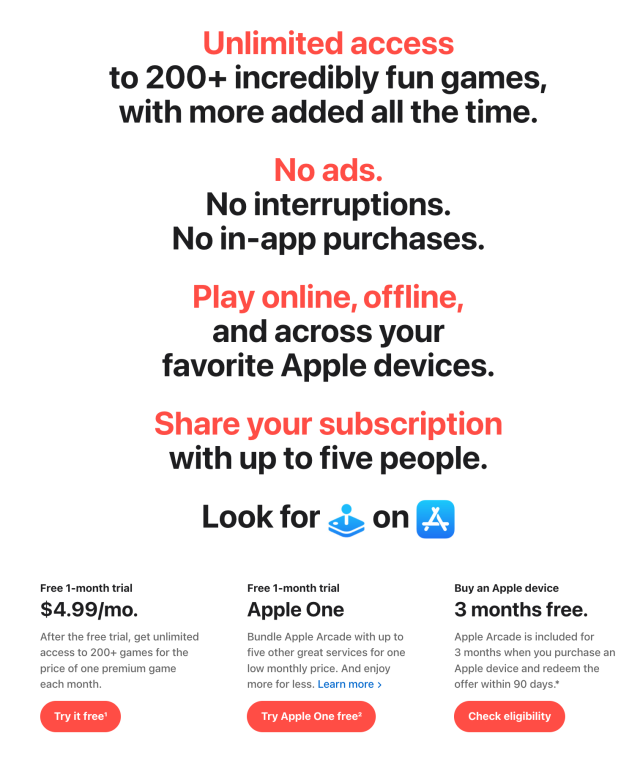
Source Apple
As you can see, this is shared across all accounts and with up to 5 people. This comes at a time when across the streaming services platform password sharing is becoming a thing of the past. Yet, on iOS it is encouraged. Heck, it’s facilitated! Especially when you consider that there is now a push happening in Apple marketing where they are now focusing on gaming.
iPhone 15 Pro and the concept of a gaming phone
Gaming phones existed long before Apple entered the market to declare iOS as the best mobile gaming platform in the world. Even before Android was a thing, mobile gaming still existed. Anyone who had an original Nokia 3310 will remember Snake. Nokia itself had been an innovator in the space having dedicated gaming phones in the form of the N-Gage. Which was Nokia’s brand for their gaming platform. Keep in mind, that this was in 2003.
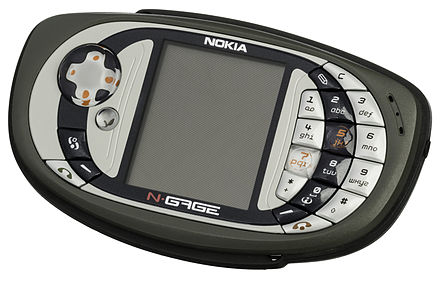
Source: Wikipedia
Other manufacturers were in on the idea too, just much later in life. Samsung had the Samsung SPH-B5200 which was their attempt at a gaming phone in 2008. Sony had the Xperia Play – which was just a mini console that could take calls in 2011. However, none of these stuck. Due to their limitations in both software and hardware, it was just too soon.
Today in 2023 we have the likes of the ROG phone and Black Shark. Dedicated gaming phones with dedicated gaming tools built into them. These phones are top-of-the-line with chip sets and more RAM than you can shake a stick at. These machines are more than capable of all of the things that an iPhone can do.
The problem lies in whether everyone else knows that too.
Which I don’t think they do.
The power of branding and redirection
It’s all well and good being able to do something well. However, if you can’t showcase that then it’s not going to do you any good. Think of it like a job interview. You may have all the requirements and prerequisites to do a job already written down and on your CV. However, unless you can demonstrate that, and showcase that to others in an interview you’re not going to get the job.
Apple has made a very big claim to a lot of people that Apple has the best platform for gaming, and were able to show it off at their presentation. Currently, the Apple Conference for 2023 has reached over 30 million views on YouTube, and let’s not even get into the coverage from other outlets.
There is power in those numbers. And that is undeniable.
When we were watching the Apple conference in Phandroid HQ, an interesting conversation started amongst us over the iPhone 15 Pro and console games coming to the iPhone natively. Our Editor-in-chief and leader of our little team Nick Gray, was quick to point out that Android devices got ray tracing last year with Qualcomm and Mediatek. So both will be getting Gen 2 Ray trading this year. Nick was also concerned as to how much of a market there is for console-level games on a mobile device. That is relatively unproven territory unless you’re using a service like Game Pass that allows streaming.
He also had concerns about the transparency around some of these games in terms of who paid for what. He’s right. After all, developing games cost a pretty penny and that money would have to come from somewhere. Without Apple’s direct involvement, would Ubisoft have deliberately invested in a version of a major franchise without incentive? No. Companies don’t tend to do things out of the goodness of their heart after all.
So, I took a look into it to see what I could find. I have reached out to Apple for comment. At the time of writing, they haven’t replied. I’ll be sure to update this if and when I find out more. The only things I did find regarding alternative funding that wasn’t directly from Ubisoft were two grants. One from the charity Barakat Trust and one from the UK’s Economic and Social Research Council. All of these were to support the development of a real-life database of information for the player. All pretty cool stuff in terms of making a culture that is pretty stigmatized into something more accessible.
More important than where the money came from, is the impact something like this will have on the greater gaming community. After all, I don’t think that this is targeted at the US market.
This is targeted where I think Apple is aiming for next. Which is Japan and the wider Asia-Pacific Market. Apple doesn’t intend to compete with Android. It intends to replace the console market. After all, if you’ve already bought a $ 1,000 iPhone, why do you need an Xbox or a Playstation when your iPhone can do both?
Capturing the East
It might surprise you to know that Japan has the biggest iPhone market in the world. But it’s true! They have taken a hit with the release of the Pixel phone, but there is more of a motivating factor than just not losing the handheld market. That is the rising market that is developing in the East for mobile gaming.
For those who are gaming nerds like me, this isn’t surprising. The Genshin franchise had been around for a lot longer than Genshin Impact which took the Western market by storm. Japanese games are typically of a very high fidelity and very well-supported. Japanese gamers are fans of the gacha genera, and they typically do very well.
Gacha games use a type of mechanic called gashapon. You’ve probably already played a gacha game at some point in your life and never realized it. Simply put, If you’ve ever put a nickel or dime into a small machine toy vending machine, that’s a gashapon game.

Example of a Western-style gashapon vending machine Source: toyvendingsupplier.co.uk
More important than mechanics and gaming fidelity is the simple fact that mobile gaming in the East is going to be highly profitable. Precedent Research shows that mobile gaming as a market is going to grow from 212 billion in 2023 to 775 billion by 2032. It suddenly makes a lot of sense why the iPhone is pivoting to push more in the markets where this is relevant.
If you can turn around in a market where console sales are naturally lower, then you’re on to a winner. Taking to a global stage to be like “Look what we can do now, we have big titles on our phones now.” is bound to have an impact. It’s yet to be seen if the iPhone 15 Pro can tumble with the big boys when it comes to the quality of a gaming experience. Especially when there will be a direct comparison in the form of Assassins Creed Mirage launching on both iPhone and consoles. If it works? Ooof. We’re in for some interesting times ahead of us.
Androids silence
As I mentioned in my feature about Android Smartwatches, my fear is silence.
There is currently a lot of hardware innovation happening in the Android space. Or at least a lot of attempts at capitalizing on Android tablets with gaming. But it is better than doing nothing at all. As Nick said earlier, Android phones are going to be able to do these things too – if they can’t already. The issue is there isn’t the software infrastructure to support such a thing. There is also no big franchise proof to showcase that it is potentially possible. That is going to be a bigger gap to close the further we go.

Saying Assassins Creed and Resident Evil are coming natively to iPhone is a big statement. It is major titles and major names now being associated with something that wasn’t traditionally known for gaming. That is a line drawn in the sand. One that Android will be slow to counter unless we see something dedicated coming from either Sony or Samsung. Google itself, is not likely to respond to this in a way that is impactful.
What Android can do to be different
Pop Quiz!
This is the banner that exists to showcase the lineup of games that Google Play Pass has. How many do you know?
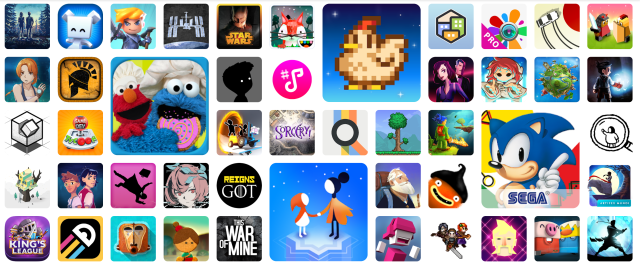
Source: Google
This will vary depending on your level of gaming knowledge. I would consider mine to be pretty good and I can name 14. Most of them are niche and are not household names. Except for Sonic, the Sesame Street gang, Star Wars, and the logo for Game of Thrones. Selling something like this or trying to pivot this towards household names for console gaming is gonna be hard for a lineup like this. It’s why I didn’t compare it up top at the beginning, it’s because it doesn’t fit.
A lot of the things that I would be recommending for a Google Play Pass are things that are already by in large in the standard Google Play Pass. Having 1,000 games is great unless there are only 20 you want to play or have an interest in playing. Narrowing this lineup and really focusing on the user experience will be of tremendous benefit. It’s the same problem that all streaming services have a problem with. It is something that the Play Pass is going to need to address if it wants to be able to compete properly in a mobile gaming era that can duel wield as consoles.
After all, you can’t expect a Samsung S8 to be able to run a modern console game with all the bells and whistles as soon as the game launches. The hardware isn’t there and neither is the technology. There are ways of getting around this. Like adding something like Can you RUN it to say whether or not your phone will be able to play a game before you buy or install it would clear up a lot of that doubt. Being able to check the system for its chipset by being given permission to read the phone’s spec name would not only remove the burden of knowledge from the customer but would provide a greater user experience for everyone.
It is completely in the realms of possibilities with the technology that we have these days to tell us what should be able to be playable and what isn’t. Some handsets will already give you an idea of this but it needs to be universal. It needs to be able to tell you if you need a newer version of Android or if your phone can run it at all.
Apple simply doesn’t have this problem because it controls everything. Google does not, and that needs to be addressed if we are going to be serious about giving people a gaming experience they want to stick with. If Google doesn’t, then it needs to focus on dedicated mobile gaming and really curate the gaming experience. Otherwise, I fear the world will simply move on with Google Play being considered an afterthought rather than where real gaming freedom and innovation lie.

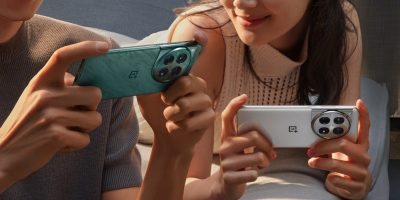
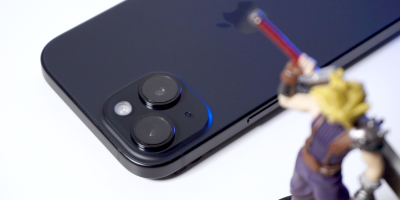
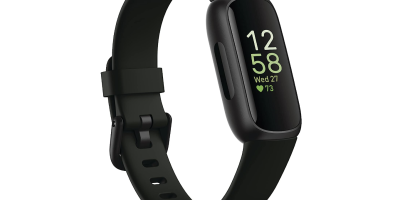

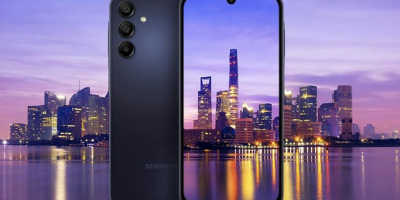
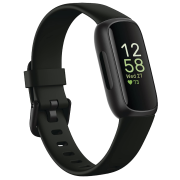
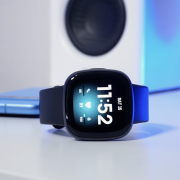


Comments